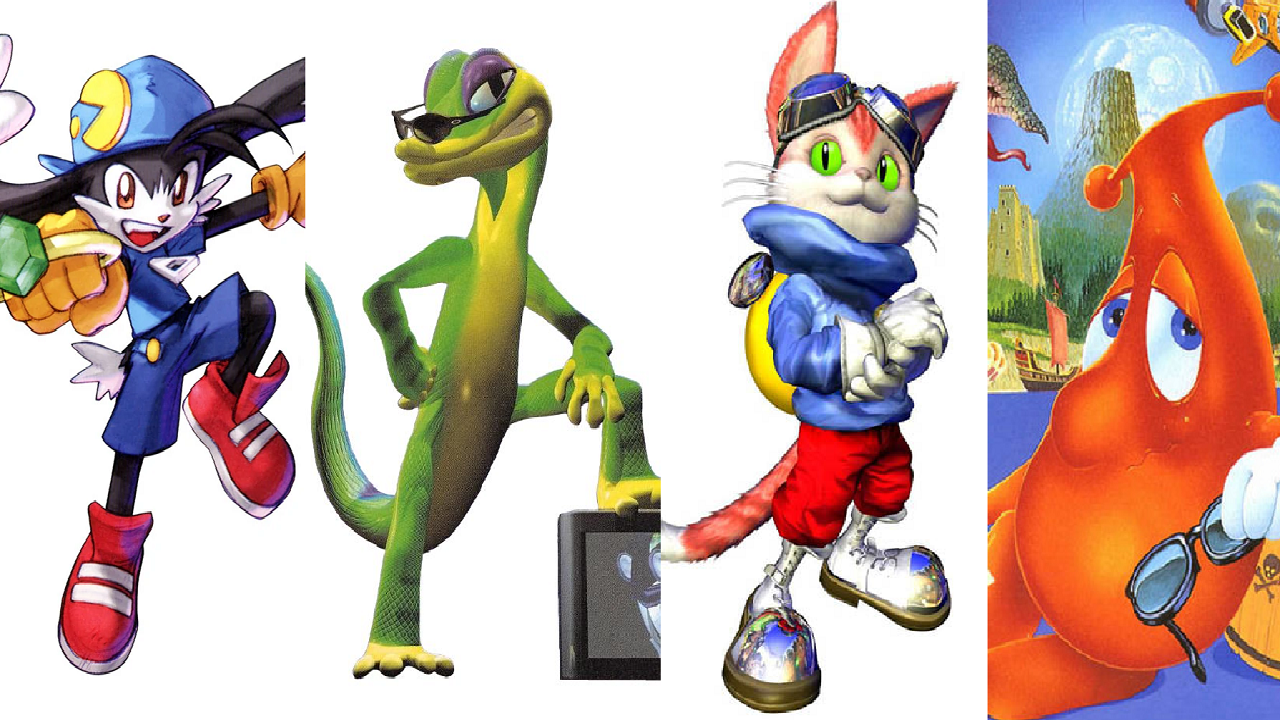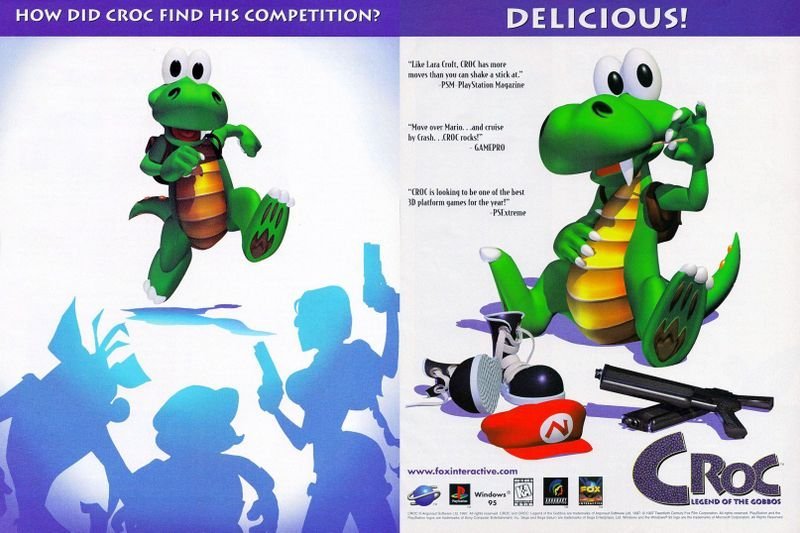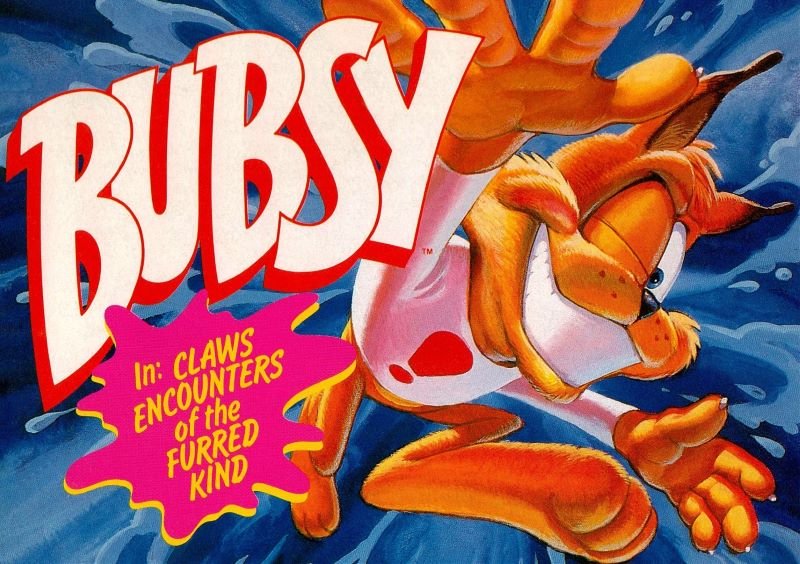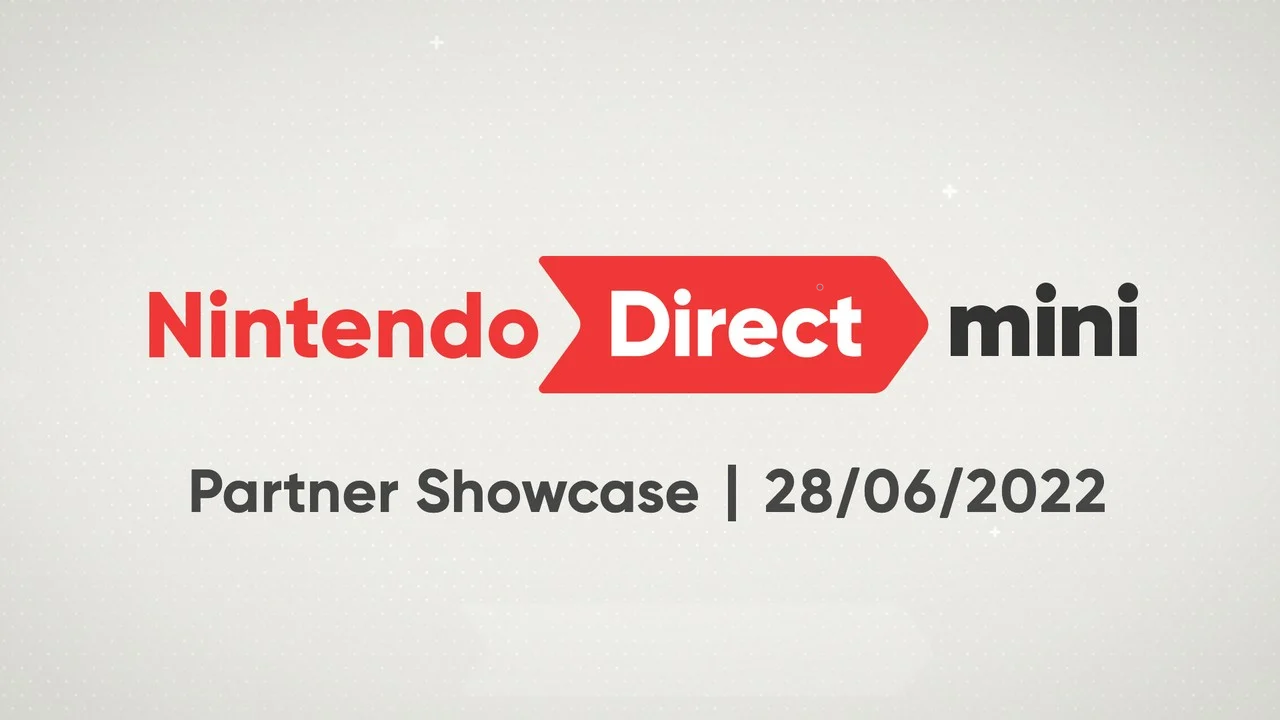What Happened To All Those Console Mascots?
Image Source: CultureSlate
If someone asked you, "Name a video game character," it would not take too long to come up with a variety of answers: Mario, Sonic, Pac-Man, Sackboy, Master Chief, or Cloud Strife would be some of the easiest answers to provide. Of course, since the library of existing games is always increasing in volume, the answer to this question would no doubt provide a whole variety of answers. Someone could also answer Ristar, Cool Spot, Croc, Tomba, Glover, or even... Bubsy the Bobcat. With such an expansive selection of games and characters to choose from, why does it seem there are so many out there who are unpopular, or at the very least unknown? Short answer: lack of profits. Long answer: it depends on the character in question.
Many companies wanted to throw their hat full of ideas into the digital ring, each with various levels of success. The one main idea that seemed to appeal to most game publishers at the time was having a “mascot” that they could make future games from. For some, this meant paving a great road for future games.
Image Source: Twitter
RELATED:
One of the arguably best examples comes in the form of Sonic the Hedgehog, which quickly grew popular with the rise of the SEGA Mega Drive (also known as the Genesis for the North American folks). With the success of Sonic, SEGA quickly grew to develop more games for the blue blur, mixing a memorable design with fast, reactionary gameplay. It wasn't hard to see why SEGA chose and stuck with the hedgehog as their company mascot.
Fun games and creative character designs did not always equal success, unfortunately. Namco, most known for arcade games such as Pac-Man and Galaga, soon created the fuzzy, long-eared character Klonoa, releasing Klonoa: Door to Phantomile for the Playstation. Many players enjoyed the 2.5D approach to platforming and found the games quite fun. Unfortunately, the games never found a big audience in North America, which lead to Klonoa remaining in the shadows of larger mascots. With the re-release of Klonoa Phantasy Reverie, hopefully, the little guy can pull through and return to the spotlight.
Other companies wanted to try and create a unique face and earn a similar success that Sega and Nintendo had done almost seamlessly. What many soon realized was that it took a lot more than a cute, quirky quipping character to make it big. Blinx from Blinx: The Time Sweeper, for example, was planned to be a mascot for the original Xbox, since at the time Master Chief of Halo fame was considered too violent. Unfortunately, many players found the odd controls of "The World's First 4D Action Game" too difficult, leaving Blinx as nothing more than a reminder that a cute furry face won't immediately lead to sales and profit.
Many other games attempted to capitalize on a mascot, each with its shortcomings. For example, Crystal Dynamics' (of Tomb Raider fame) Gex was initially released on the 3DO and seemed to garner popularity. The game was fun, and the character of Gex was seen as charming, in a “repeat movie quips every few seconds” kind of way. The 3DO, however, had a retail price of $700, which was way more expensive than a SNES or a Genesis, and Gex soon lost his footing due to the failure of the console, despite releasing on other consoles.
One of the most infamous examples of a failed mascot, however, comes in the form of another orange feline, known by many as Accolade's Bubsy the Bobcat. Initially, the first installment Bubsy in: Claws Encounters of the Furred Kind (get it?) did not sell too badly, despite the flawed platforming. Accolade didn't seem to understand that good game design sells games, and not turning your “beloved” furry icon into an annoying creature who does not stop talking and breaking the fourth wall (or the furth wall, as Bubsy would put it). While Bubsy 3D seemed to be a nail in the coffin for the franchise, with its terrible controls and eye-bleedingly bright color choices, Bubsy continued through games like Paws on Fire! and The Woolies Strike Back. The gamer crowd did not seem to react positively to them regardless of how popularly annoying Bubsy was. Bittersweet victory much?
Image Source: Bubsy Wiki
In the end, it is not hard to see that most game companies will focus on the money first before they concentrate on making games that are fun and characters that are likable. Many games with obscure or forgotten mascots were not even that terrible, with quite a few fans sharing fond memories of these games. Failure of a mascot usually stems from not understanding just why the games work and what makes the various characters popular.
To have a character be a “mascot,” they must come from a game that is fun and memorable to the player. Characteristics such as personality, dialogue, and overall design are also crucial to keep characters fresh in the minds of gamers. Hence why more people are willing to recall Crash Bandicoot and Spyro with fondness, and think of mascots such as Wild Woody, Awesome Possum, and Zero the Kamikaze Squirrel with shame.
READ NEXT:





